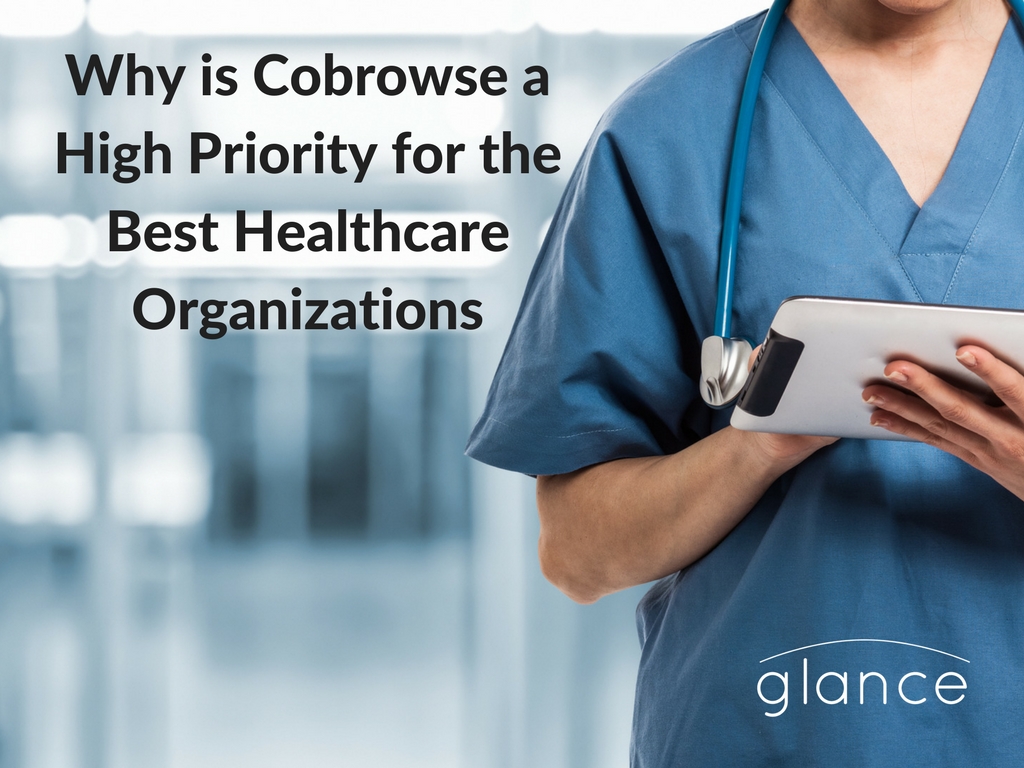The healthcare insurance industry is changing at a rapid pace. Each year brings with it a variety of new challenges, especially as providers respond to the increasing demands of regulations and the Affordable Care Act.
Healthcare today is more consumer-driven than ever. Customers are increasingly mobile and online. And sensitive healthcare information is more at risk than ever before. How will all this affect our lives? Let’s take a look.
Competition will drive providers to offer more online
Not all companies provide options to purchase healthcare insurance online. Those who don’t will soon find themselves out of business.
Today’s customers are mobile and internet savvy. They expect to be able to do extensive research online before narrowing down provider choices. And when they are ready to purchase, they expect to be able to do so online. In fact, according to the most recent Commonwealth Fund Affordable Care Act Tracking Survey, 1/4 of all U.S. working-age adults had visited an online healthcare marketplace to shop for health insurance by May 2015, with even higher rates from young adults.
Those providers who do offer insurance online have to walk a careful line between too much and not enough information. On the one hand, organizations can provide a wealth of information, but that may scare away customers before they get very far. On the other hand, organizations might not differentiate enough between different policies or might not provide information such as step-by-step application guides or timelines, making it difficult for consumers to decide which policy they might be interested in purchasing. If that’s the case, customers will ultimately seek other services that better meet their expectations.
New technologies will personalize online business
Because of the above-mentioned challenges and complexities of online health insurance, the self-service model works best when combined with quick, simple, and effective personalized support. While individuals and businesses will almost definitely be doing a certain amount of research online, there will usually come a point when personal interaction is required.
Many individuals and small businesses are still inexperienced at purchasing health insurance online. Moreover, purchasing healthcare online can be a complex process, especially for the approximately 25 million adults who remain uninsured.
Small businesses in particular may need to consult a health reform expert to navigate regulations and options like the Small Business Health Options Program (SHOP) Marketplace. The government has created a number of online guides, calculators, and other options to help people through the enrollment process. However, understanding risks, requirements, program pros and cons, and even insurance terms themselves can still be extremely challenging.
Even (and maybe especially) in an online environment, healthcare insurance agents must be ready to assist. The above-mentioned Affordable Care Act Tracking Survey shows that getting personal assistance makes a significant difference in whether people sign up for health insurance coverage through an online healthcare marketplace. 78% of adults who noted that they received personal assistance ultimately enrolled in a health insurance plan online. On the other hand, only 56% of those who did not receive personal assistance enrolled. In fact, live human assistance is one of the strongest predictors of online healthcare enrollment success.
Organizations need to provide access to real, live human beings through such visual engagement technologies as chat, cobrowsing, and agent video. Having a live agent offering assistance will enable customers to understand the options available. With live assistance, customers will be able to gain the information they need to build trust with the health care organization and ultimately select and sign up for a plan.
Healthcare insurance providers will face security challenges
When it comes to online healthcare processes, sensitive and personal data is being disseminated across servers, desktops, laptops, mobile devices, specialized devices, and medical equipment. That adds convenience to a situation but also increases the possibility of security breaches.
Healthcare organizations must step up their efforts to put strong security processes in place, educate employees about security, and continually improve security systems. Effective security measures must be implemented for both online and offline systems used to process consumer information (for example, contact center and paper application processes).
The HiTrust Alliance exemplifies the effort healthcare organizations have already put into making security a top priority. To help healthcare organizations create and maintain security process that meet regulations and best practices, the HiTrust Alliance has created a uniform framework that incorporates concepts and recommendations from regulations like NIST and HIPAA. In fact, about 80% of hospitals and insurance companies use this framework.
To a healthy year
Whatever challenges we may face, here’s hoping we all have as successful—and healthy—a year as possible.
Ready to learn more about how to gain the most of visual engagement in the healthcare industry? Read the free ebook: How to Improve Healthcare Interactions with Visual Engagement Software.

About Glance Networks
Glance helps enterprise organizations create the ultimate customer experience with smart, omni-channel visual engagement solutions based around integrated cobrowse, screen share, and one-way agent video. We are one of the world’s simplest, most reliable and secure platforms that enable companies to see, show and share anything online, creating a frictionless path to great experiences in sales, support and customer service. The result is improved customer satisfaction and loyalty, increased revenue growth and operational savings. From financial services and healthcare to retail and travel and leisure, even the most advanced technology and SaaS organizations – we transform the customer experience for today’s business. Learn More »
SaveSave
SaveSave
SaveSave



